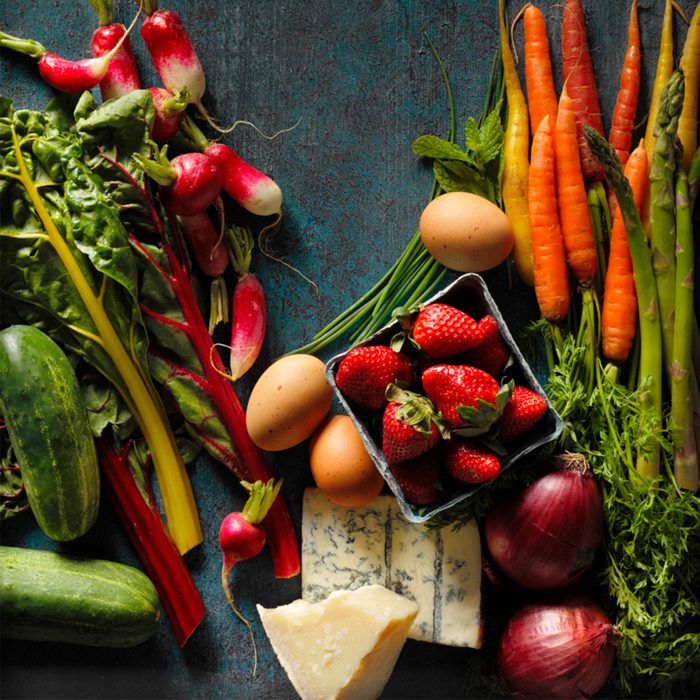
There’s nothing better than getting a big bunch of fresh, in-season fruits and veggies from your local farmer’s market, produce stand or your garden. What’s not so great is going into the fridge and realizing all your beautiful blueberries have already gone bad. To help prevent a produce tragedy, we’ve rounded up the best tips and tricks for choosing, storing and preparing fresh produce that’ll ensure this summer will be the tastiest one yet!
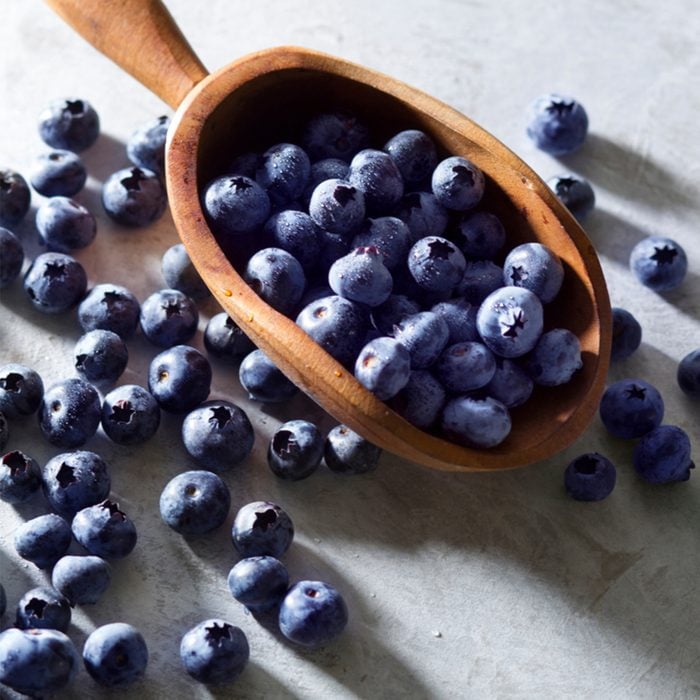
Blueberries
How to buy: Pick berries that are deeply hued and plump; these will be the juiciest. Skip blueberries that are wrinkly or have discoloration.
How to store: Sort out and discard any berries that look moldy or spoiled. Then store, unwashed, in the carton they came in the fridge for up to 10 days.
How to prep: Remove any lingering stems and rinse under cool, running water. Looking for delicious ways to cook with these berries? We’re here to help. These are our favorite ways to cook, and bake, with fresh blueberries.
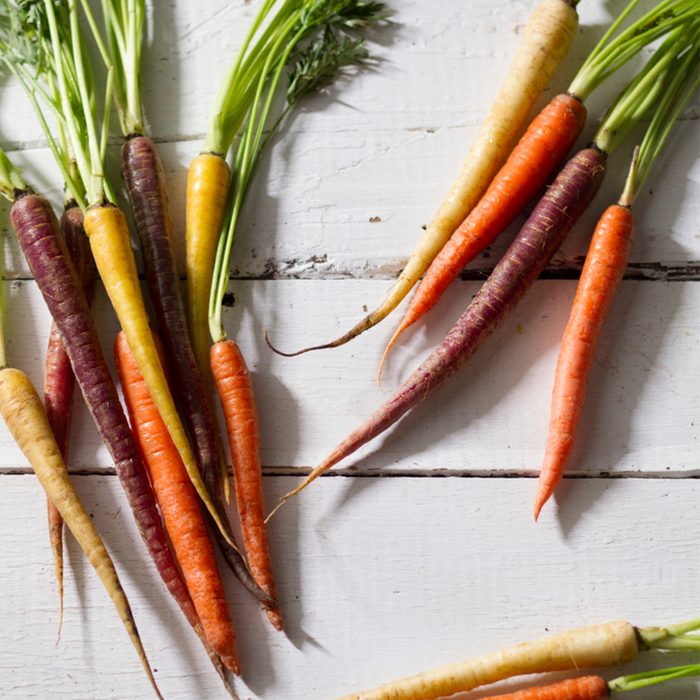
Carrots
How to buy: For carrots, the darker the better! This pigment is called beta-carotene, which is turned into vitamin A when eaten. Double check that the coloring is consistent, the carrot is nice and firm and that there aren’t any wrinkles.
How to store: If your carrots have tops, trim them until there is only about an inch or so left. Then place the carrots in a plastic bag in the fridge for up to two weeks.
How to prep: When you’re ready to eat them, thoroughly scrub the carrots under running water until clean. You don’t have to peel them unless it is called for in your recipe. Here the best ways to eat carrots, both sweet and savory.
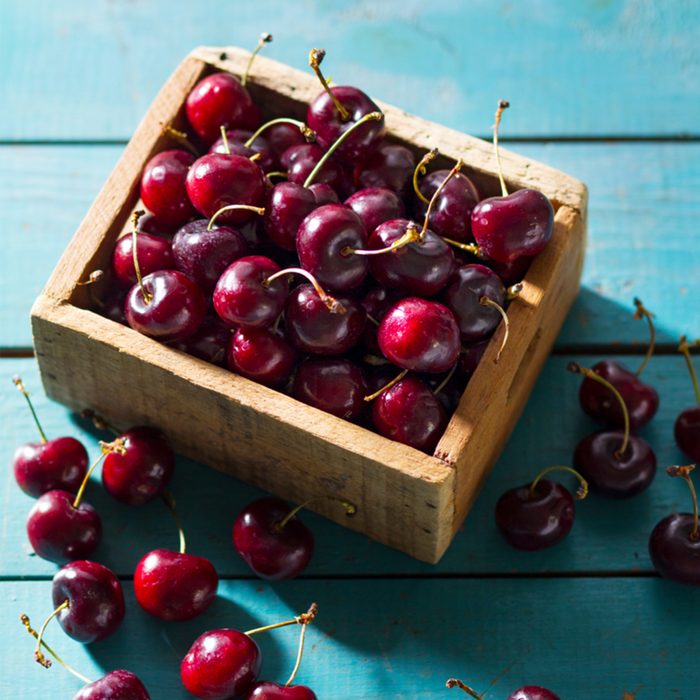
Cherries
How to buy: Perfectly ripe cherries will be free from blemishes, bruises, soft spots and cuts, and will still have their stems attached. Darker cherries will be sweeter than their lighter counterparts.
How to store: Keep cherries, with their stems attached, in the fridge for up to 10 days.
How to prep: Wash and remove stems to eat. You can quickly remove the pits by placing a cherry on the lip of an empty soft drink bottle and use a chopstick to push the pit through the cherry and into the bottle. Easy! Cherries are great baked into sweets, made into jams or even added to savory dishes; here are some great ideas for recipes made with cherries.
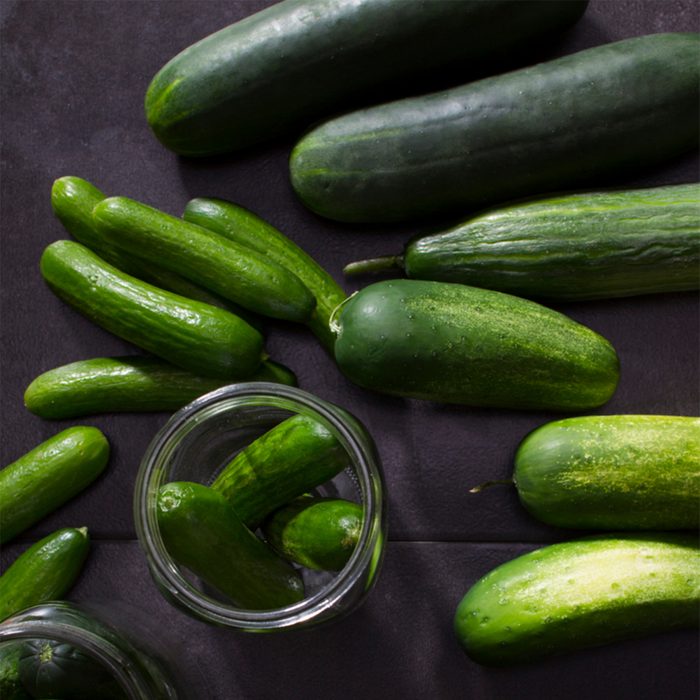
Cucumbers
How to buy: Look for cucumbers that are firm, without any withered ends or wrinkles. They should also feel heavier than they look and have a consistent, dark green hue.
How to store: Keep your cukes in a plastic bag in the fridge for up to a week.
How to prep: Since many grocery stores add a thin, waxy substance to the outside of cucumbers to make them appear shinier, scrub them under running water before eating. If you aren’t buying certified organic, or they’re not from your own backyard, consider removing the skin entirely. These are our favorite ways to enjoy cucumbers in the summer.
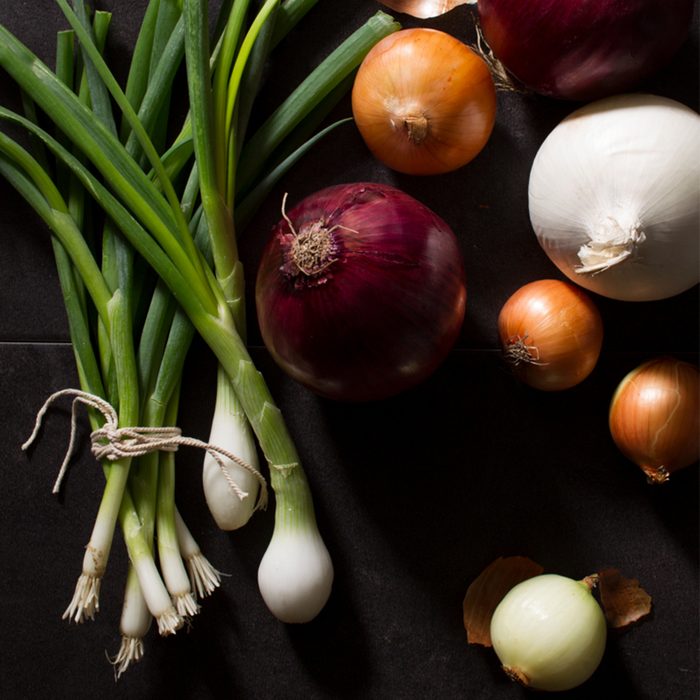
Onions
How to buy: For onions, there are a lot of ways to tell if it is too old to eat. Onions with green sprouts or shoots, bruises or cuts, look moldy or slimy, or have a soft stem are past their prime. Look for onions that don’t have any of these characters for the freshest and best tasting.
How to store: Poke a few holes in a brown paper bag, drop in the onion and store in a cool, dry space. Skip storing onions and potatoes close together as the gasses emitted cause the the other to rot more quickly.
How to prep: Slice in half, removing the stem and root, then peeling the dry, outer layers off. Not sure which type of onion to add to your recipe? No problem! Here’s a handy guide to help.
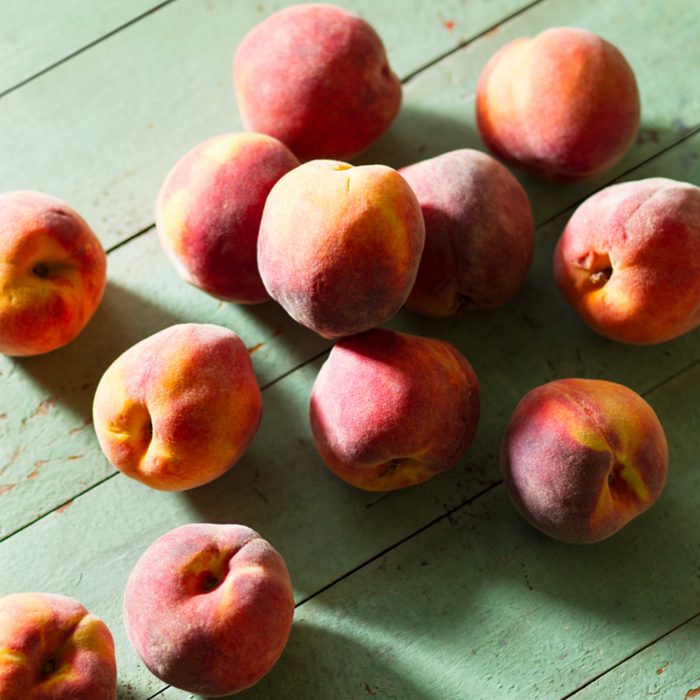
Peaches
How to buy: The perfect peach will have bright skin that is free from soft spots, discoloration, bruises or wrinkles. A firm peach that gives to gentle pressure and has defined clefts will be fully matured and sweet.
How to store: Peaches can sit on your counter for up to four days, depending on how ripe they were when you bought them. Keeping peaches out of the fridge keeps them from losing their flavor.
How to prep: Lightly rinse peaches under cold water; heavy scrubbing will remove the skin. Slice the peach all the way around lengthwise, then twist the two halves to expose the pit and remove. You can eat peaches on their own, in a fruit salad or in some of our favorite fresh peach recipes.
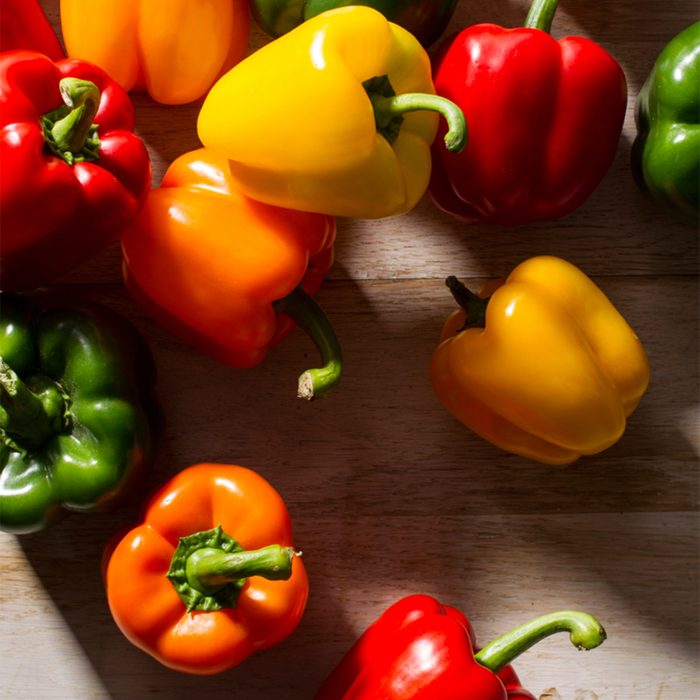
Peppers
How to buy: Look for a firm pepper that has bright and shiny skin. If the outside is dull or wrinkly, spotty or discolored, the pepper is too old.
How to store: Unwashed bell peppers can sit in the fridge for up to five days, while unwashed hot peppers can be refrigerated for up to two weeks.
How to prep: Wash in cold water and slice lengthwise. Remove top, core and seeds, then slice or dice to the desired size. If you’re keeping then peppers whole, check out the 31 best ways to stuff them.
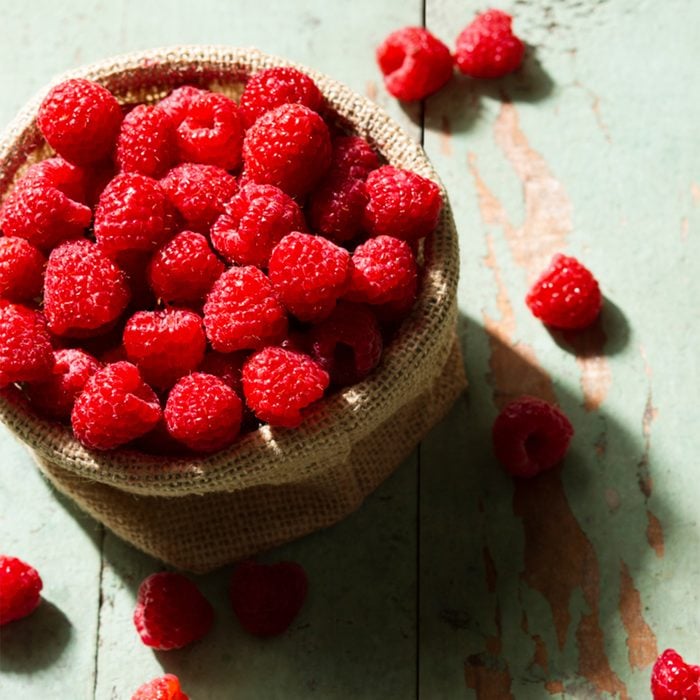
Raspberries
How to buy: Check that the container has all dry, firm, plump berries without any that appear to be discolored or bruised.
How to store: Pop your raspberries in the container they came in near the front of the refrigerator. Skip putting them in the crisper drawer, as that environment is more moist and will cause the berries to spoil quicker. Lastly, make sure not to wash or rinse raspberries until immediately before you’re going to consume them.
How to prep: Rinse well under cool, running water. Once your berries are dried, use them to make some absolutely delicious desserts, mains and sides.
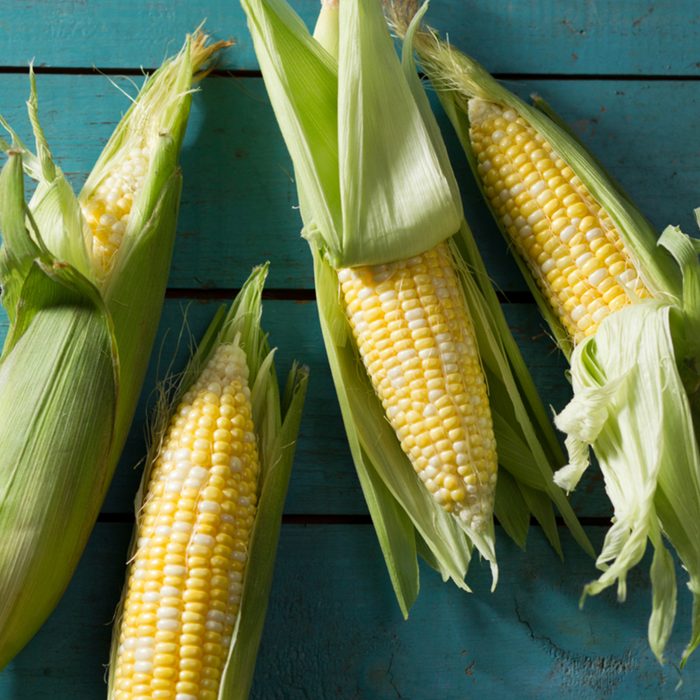
Sweet Corn
How to buy: Pick corn cobs that have a green husk and fresh, pearly silk. Check that the kernels are firm, uniform and don’t appear milky by pulling the husk down slightly.
How to store: Store corn cobs, with the husk on, in the refrigerator for up to two days.
How to prep: Grasp the husk and silk in one hand, and the bottom of the cob in the other. Firmly pull the husk and silk down, then snap or cut off the stalk. Then check out these 22 ways you can dress up corn on the cob.
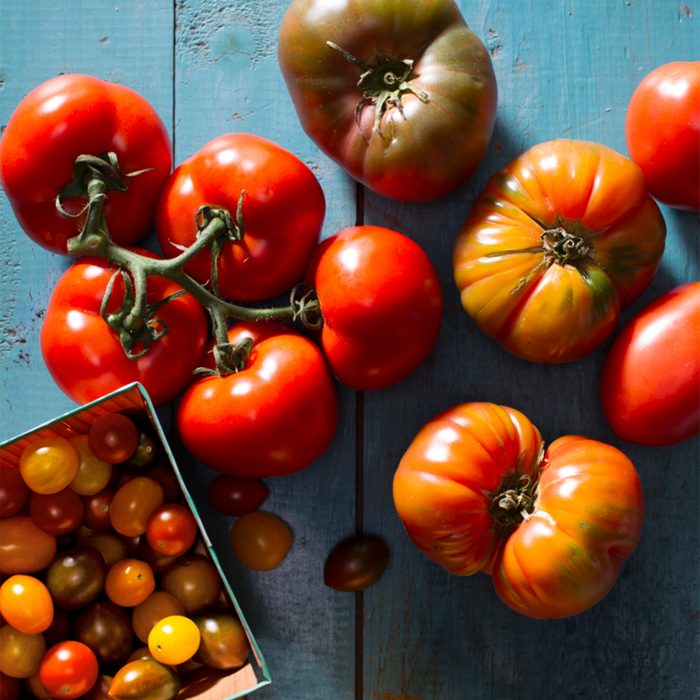
Tomatoes
How to buy: The most important thing to look for when buying tomatoes is that they have consistent coloring. Light patches can indicate that the tomato wasn’t left on the vine long enough to properly ripen, resulting in a dry, less flavorful tomato. As for feel, tomatoes should have a little give, without being squishy, and feel heavier than they look.
How to store: Place tomatoes out on the counter, in direct sunlight. Storing them in the refrigerator can actually cause tomatoes to lose their flavor!
How to prep: If you aren’t buying organic, be sure to thoroughly wash your tomatoes with some soup and running water to rid them of residual pesticides. After they’re nice and clean, here are some great ways to cook with tomatoes.
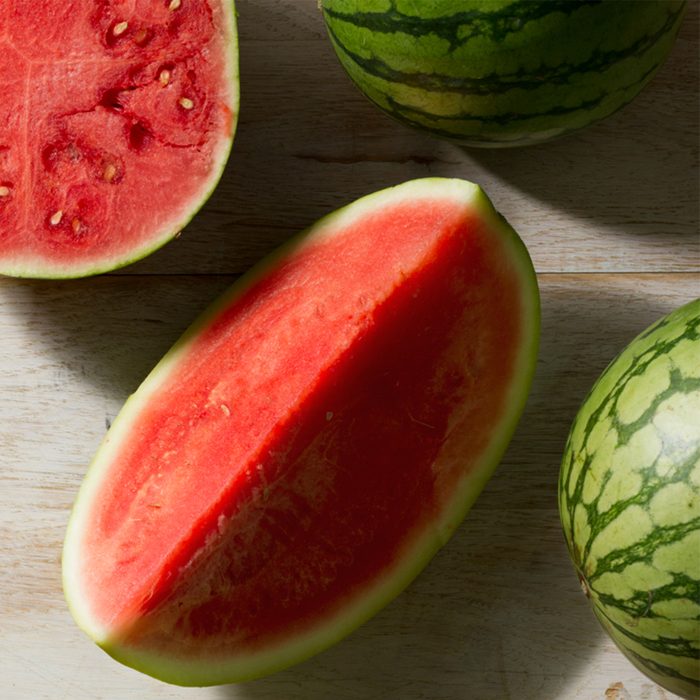
Watermelon
How to buy: When it comes to watermelon, your golden ticket is a yellowish spot on the underside of the fruit. This spot is referred to as the “ground spot” which indicates the melon was nice and ripe when it was picked, and delicious for eating. Beyond that, your watermelon should have dark green skin, and feel nice and heavy for its size.
How to store: You can leave a whole watermelon out on the counter, or in the fridge. Once it is cut, though, store in an airtight container (we love these easy to clean containers) and eat within two days.
How to prep: Rinse the outside of the melon to remove any dirt and cut lengthwise. Continue slicing for the desired amount of pieces. You can easily remove the rind by cutting between the red and white flesh, tossing the rind out. If you’re able to resist eating watermelon on its own, here are some extra-refreshing recipes made with watermelon.
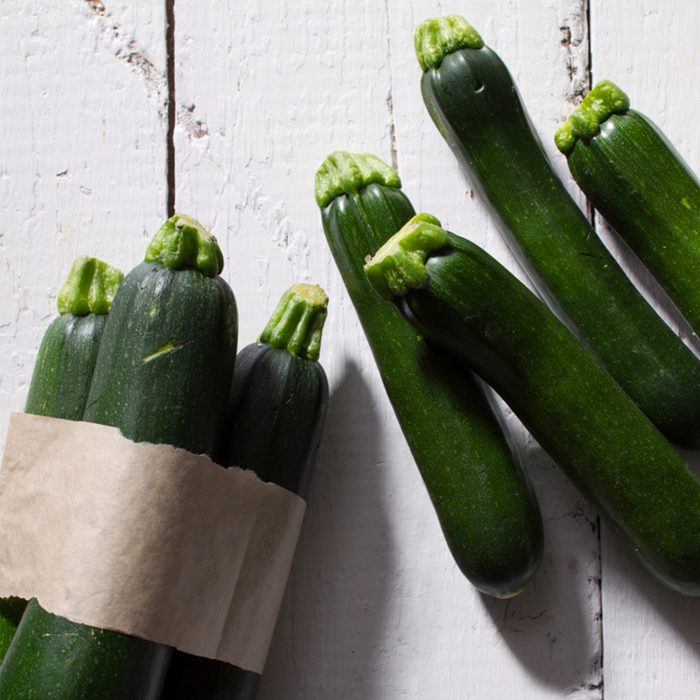
Zucchini
How to buy: Bigger isn’t always better. Keep your eye out for zucchini that is about 6 inches long, glossy in color and a little bit prickly. The squash, also, should be firm to the touch, and have about a half an inch of stem attached.
How to store: Keep zucchini in a perforated plastic bag, unwashed, in the fridge for up to five days. Or slice the zucchini into rounds and pop into a freezer-safe plastic bag for freezer storage for up to a year.
How to prep: Simply wash with cold water, and you’re ready to go! These are some of best ways to cook and eat zucchini, according to our readers.

Disclosure: This post is brought to you by Taste of Home editors, who aim to highlight products and services you might find interesting. If you buy them, we get a small share of the revenue from the sale from our commerce partners. We frequently receive products free of charge from manufacturers to test. This does not drive our decision as to whether or not a product is featured or recommended. We welcome your feedback. Have something you think we should know about? Contact us, here.
